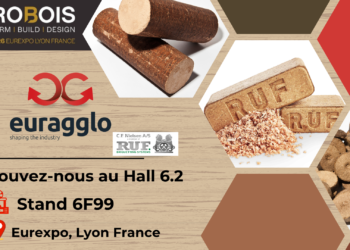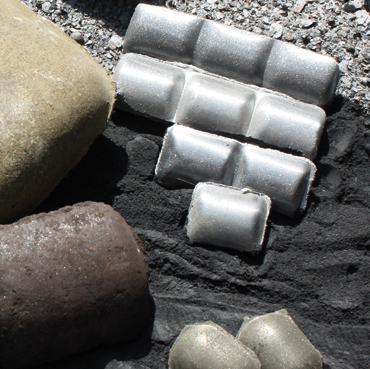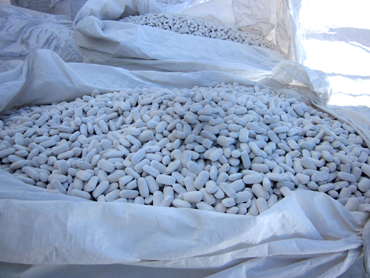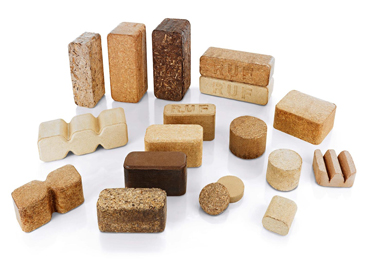

The circular economy and sustainable development are two closely related concepts. Indeed, the circular economy, which consists in producing goods and services while limiting the consumption and waste of resources and the production of waste, is in line with the idea of sustainability, meaning preserving our natural resources. To this end, it is important that the various fields, especially industry, adapt to this model. The positive effects of the circular economy are not only ecological, but also economic. Today, we will focus on the industry, with the proposal to briquette/agglomerate your fines to make them easier to use.
First, it is important to have a good understanding of the process and the technical terms related to it. The agglomeration process will allow the reuse of by-products generated by different industries. A by-product is the result of an industrial process and represents a material that has not been directly sought to be produced, but which can be recovered. If we take the example of briquetting, the by-products can correspond to the fines recovered during various processes (metal chips, sawdust…). In order for these fines to be reused, they must enter a densification process with the aim of creating a solid of larger size that is not emitting powder when handled. These briquettes can therefore be reused within production lines as secondary raw material or as a domestic product.

This concept is applicable to many lines of business. For all, it allows to transform a negative cost into a positive cost. Storing these fines or getting rid of them via a waste treatment company only involves costs. On the other hand, reusing them in the production process whenever possible, results in lower costs than the positive economic and ecological benefits for the company. The creation of a virtuous circle is a more sustainable and profitable solution than the accumulation of this waste or its treatment by specialized external companies.
But what can be the different uses of these fine agglomerates by sector of activity? Here are some application examples.
In the steel-industry, many by-products are generated which can be reused as secondary raw material. This is the case e.g. for mill scales, dusts from dry or wet fines collecting systems (sludges…), grits, etc… These by-products can be briquetted in a roller-press before being reintroduced in one of the steel-producing steps, be it in the carbon or the stainless steel units.

When quicklime (hi-calcium or dolomitic) is produced, depending on the nature of the limestone and the design of the kiln, screening the lime pebbles will result in the recovery of lime fines. These lime fines may not be used as such but they can be briquetted in a roller-press to produce lime briquettes which can be used in the steel-mill process. Alternatively, lime fines can be combined with other specific materials (aluminum fines) to formulate briquettes dedicated to specific functions in the steel process (desulphurizing…).

The wood processing industry also generates by-products such as e.g. sawdust, machining chips or rough chips. These materials can be valorized by compressing them in a hydraulic, mechanical or extrusion press. The briquettes produced are either sold to be used in fireplaces and wood-burning stoves by private consumers or used as fuel in industrial boilers or power plants. Similar briquettes are also produced from other raw materials such as MDF, agricultural waste and other biomass residues.

In short, it is therefore possible to revalorize its manufacturing fines in a profitable and sustainable way. Either by reusing them in production lines or by transforming them into a domestic product.
If you want to discuss your project of revalorization of fines via briquetting, please contact us at +33 327 090 009 or by email euragglo@euragglo.com.